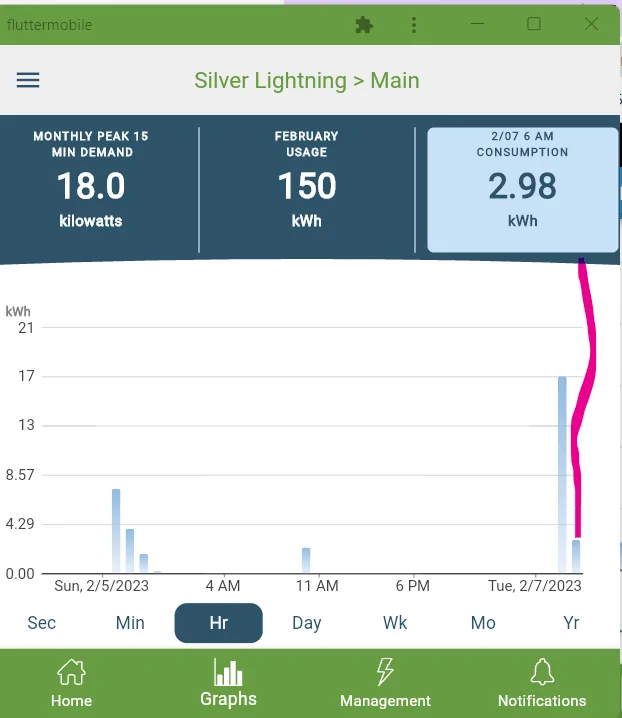luebri
Well-known member
- First Name
- Brian
- Joined
- Jun 15, 2022
- Threads
- 42
- Messages
- 1,277
- Reaction score
- 2,087
- Location
- Neenah, WI
- Vehicles
- 22' F150 Lightning (Platinum), 22' Pathfinder (SL)
- Thread starter
- #16
To me it is simply a question of how much kWH did I pay for vs how much the truck received. If one Amp setting is better that may effect my charge rate settings.
I was able to test at 120v with a AmpRoad Adjust EVSE, but I dont have a 50amp plug to allow for testing up to 40A.
Here was that result.

I was able to test at 120v with a AmpRoad Adjust EVSE, but I dont have a 50amp plug to allow for testing up to 40A.
Here was that result.

Sponsored









